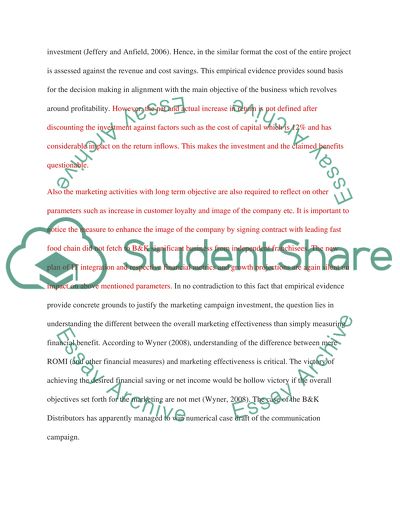Cite this document
(“How Financial and Non Financial Metrics can be used for quantify the Essay - 1”, n.d.)
Retrieved from https://studentshare.org/marketing/1627225-how-financial-and-non-financial-metrics-can-be-used-for-quantify-the-effectiveness-of-marketing-campaign-marketing-analytics
Retrieved from https://studentshare.org/marketing/1627225-how-financial-and-non-financial-metrics-can-be-used-for-quantify-the-effectiveness-of-marketing-campaign-marketing-analytics
(How Financial and Non Financial Metrics Can Be Used for Quantify the Essay - 1)
https://studentshare.org/marketing/1627225-how-financial-and-non-financial-metrics-can-be-used-for-quantify-the-effectiveness-of-marketing-campaign-marketing-analytics.
https://studentshare.org/marketing/1627225-how-financial-and-non-financial-metrics-can-be-used-for-quantify-the-effectiveness-of-marketing-campaign-marketing-analytics.
“How Financial and Non Financial Metrics Can Be Used for Quantify the Essay - 1”, n.d. https://studentshare.org/marketing/1627225-how-financial-and-non-financial-metrics-can-be-used-for-quantify-the-effectiveness-of-marketing-campaign-marketing-analytics.


